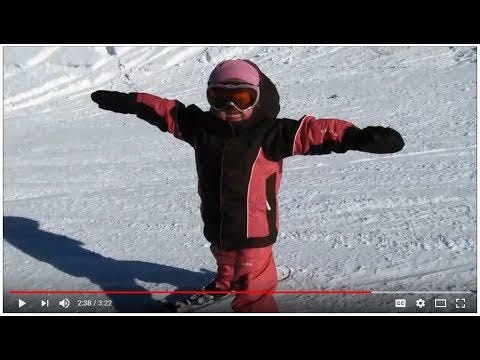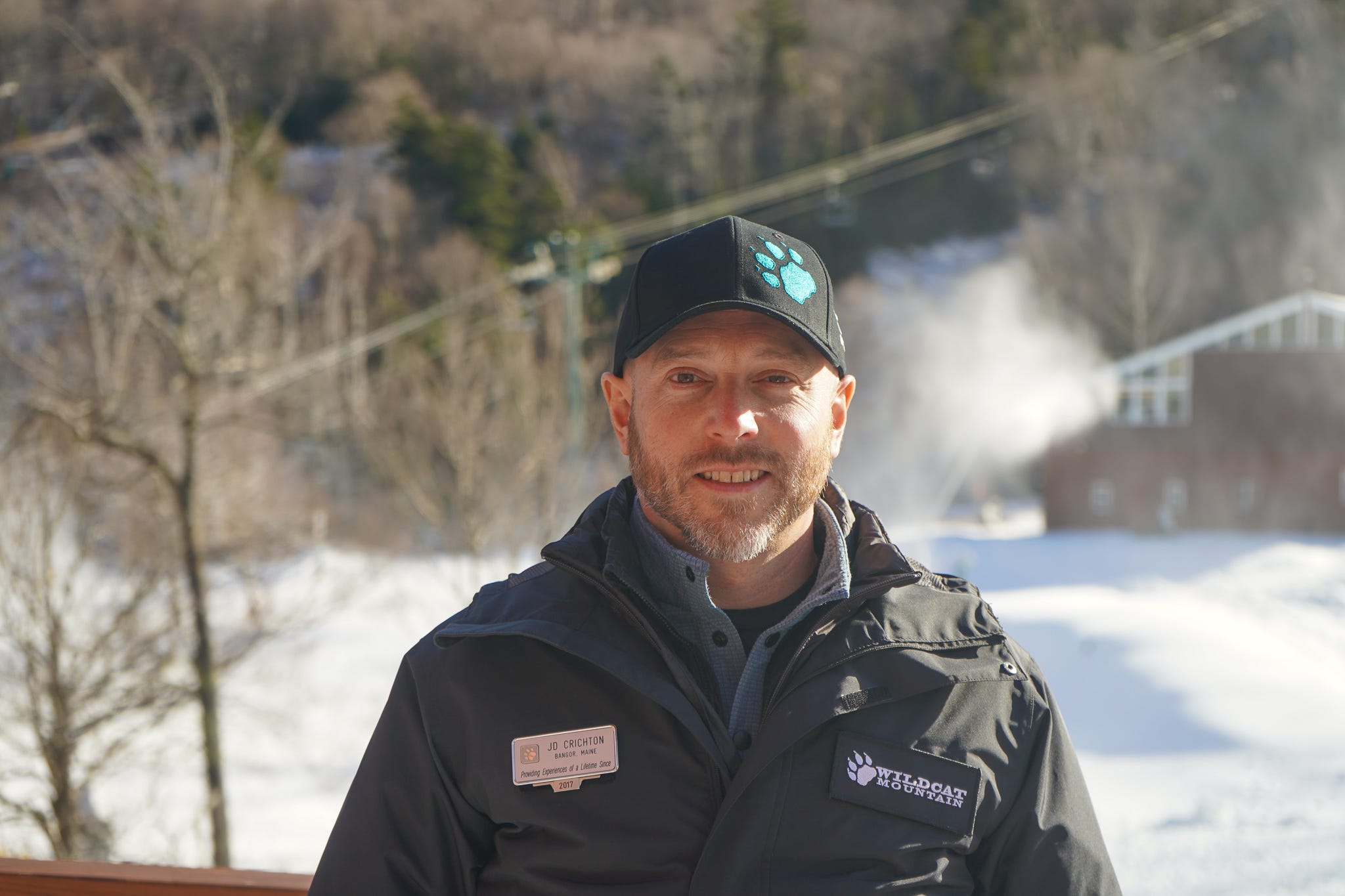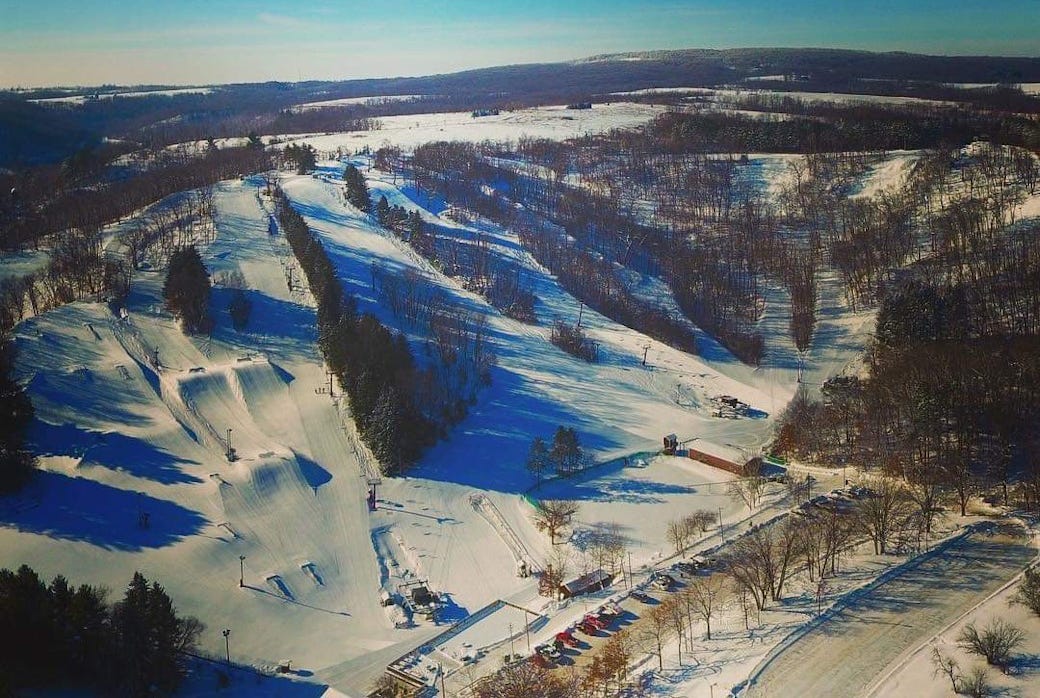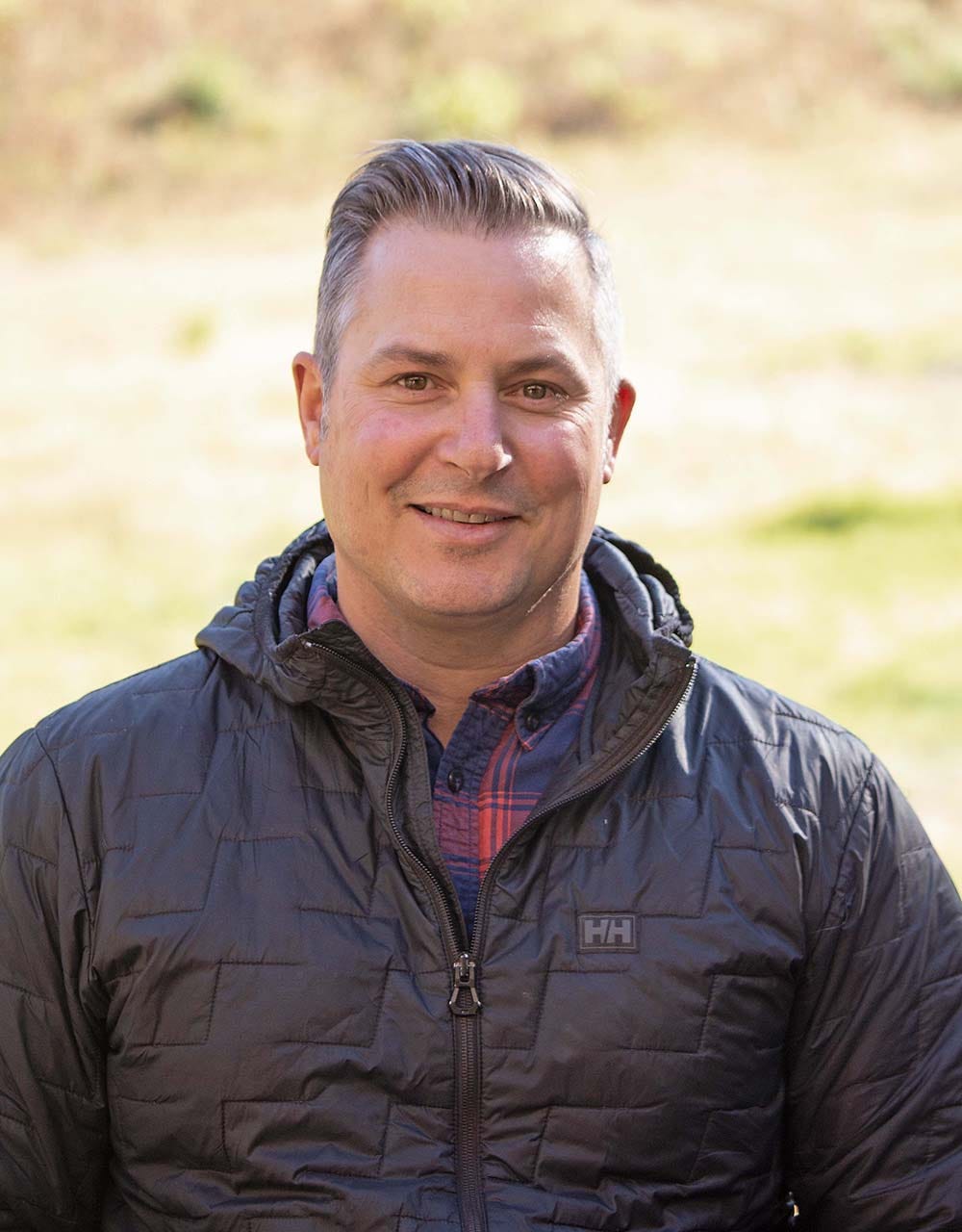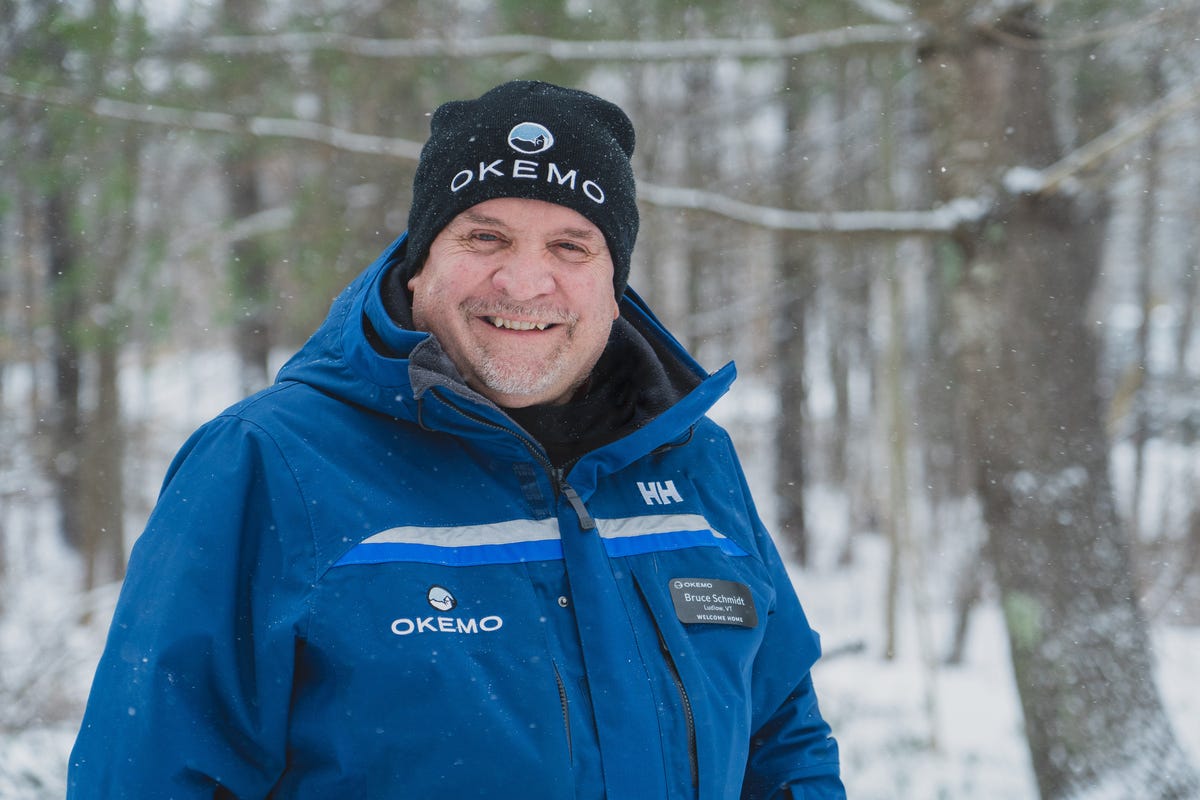Podcast #178: Mount Sunapee General Manager Peter Disch
Description
This podcast hit paid subscribers’ inboxes on July 27. It dropped for free subscribers on Aug. 3. To receive future pods as soon as they’re live, and to support independent ski journalism, please consider an upgrade to a paid subscription. You can also subscribe to the free tier below:
Who
Peter Disch, General Manager of Mount Sunapee, New Hampshire (following this interview, Vail Resorts promoted Disch to Vice President of Mountain Operations at its Heavenly ski area in California; he will start that new position on Aug. 5, 2024; as of July 27, Vail had yet to name the next GM of Sunapee.)
Recorded on
June 24, 2024
About Mount Sunapee
Click here for a mountain stats overview
Owned by: The State of New Hampshire; operated by Vail Resorts
Located in: Newbury, New Hampshire
Year founded: 1948
Pass affiliations:
* Epic Pass, Epic Local Pass, Northeast Value Epic Pass: unlimited access
* Northeast Midweek Epic Pass: midweek access, including holidays
Closest neighboring (public) ski areas: Pats Peak (:28), Whaleback (:29), Arrowhead (:29), Ragged (:38), Veterans Memorial (:42), Ascutney (:45), Crotched (:48), Quechee (:50), Granite Gorge (:51), McIntyre (:53), Saskadena Six (1:04 ), Tenney (1:06 )
Base elevation: 1,233 feet
Summit elevation: 2,743 feet
Vertical drop: 1,510 feet
Skiable Acres: 233 acres
Average annual snowfall: 130 inches
Trail count: 67 (29% beginner, 47% intermediate, 24% advanced)
Lift count: 8 (2 high-speed quads, 1 fixed-grip quad, 2 triples, 3 conveyors – view Lift Blog’s inventory of Mount Sunapee’s lift fleet.)
History: Read New England Ski History’s overview of Mount Sunapee
View historic Mount Sunapee trailmaps on skimap.org.
Why I interviewed him
New Hampshire state highway 103 gives you nothing. Straight-ish and flattish, lined with trees and the storage-unit detritus of the American outskirts, nothing about the road suggests a ski-area approach. Looping south off the great roundabout-ish junction onto Mt. Sunapee Road still underwhelms. As though you’ve turned into someone’s driveway, or are seeking some obscure historical monument, or simply made a mistake. Because what, really, could be back there to ski?
And then you arrive. All at once. A parking lot. The end of the road. The ski area heaves upward on three sides. Lifts all over. The top is up there somewhere. It’s not quite Silverton-Telluride smash-into-the-backside-of-a-box-canyon dramatic, but maybe it’s as close as you get in New Hampshire, or at least southern New Hampshire, less than two hours north of Boston.
But the true awe waits up high. North off the summit, Lake Sunapee dominates the foreground, deep blue-black or white-over-ice in midwinter, like the flat unfinished center of a puzzle made from the hills and forests that rise and roll from all sides. Thirty miles west, across the lowlands where the Connecticut River marks the frontier with Vermont, stands Okemo, interstate-wide highways of white strafing the two-mile face.
Then you ski. Sunapee does not measure big but it feels big, an Alpine illusion exploding over the flats. Fifteen hundred vertical feet is plenty of vertical feet, especially when it rolls down the frontside like a waterfall. Glades everywhere, when they’re live, which is less often than you’d hope but more often than you’d think. Good runs, cruisers and slashers, a whole separate face for beginners, a 374-vertical-foot ski-area-within-a-ski-area, perfectly spliced from the pitched main mountain.
Southern New Hampshire has a lot of ski areas, and a lot of well-run ski areas, but not a lot of truly great pure ski areas. Sunapee, as both an artwork and a plaything, surpasses them all, the ribeye on the grill stacked with hamburgers, a delightful and filling treat.
What we talked about
Sunapee enhancements ahead of the 2024-25 winter; a new parking lot incoming; whether Sunapee considered paid parking to resolve its post-Covid, post-Northeast Epic Pass launch backups; the differences in Midwest, West, and Eastern ski cultures; the big threat to Mount Sunapee in the early 1900s; the Mueller family legacy and “The Sunapee Difference”; what it means for Vail Resorts to operate a state-owned ski area; how cash flows from Sunapee to Cannon; Sunapee’s masterplan; the long-delayed West Bowl expansion; incredible views from the Sunapee summit; the proposed Sun Bowl-North Peak connection; potential upgrades for the Sunapee Express, North Peak, and Spruce lifts; the South Peak beginner area; why Sunapee built a ski-through lighthouse; why high-speed ropetows rule; the potential for Sunapee night-skiing; whether Sunapee should be unlimited on the Northeast Value Pass (which it currently is); and why Vail’s New Hampshire mountains are on the same Epic Day Pass tier as its Midwest ski areas.
Why I thought that now was a good time for this interview
Should states own ski areas? And if so, should state agencies run those ski areas, or should they be contracted to private operators?
These are fraught questions, especially in New York, where three state-owned ski areas (Whiteface, Gore, and Belleayre) guzzle tens of millions of dollars in new lift, snowmaking, and other infrastructure while competing directly against dozens of tax-paying, family-owned operations spinning Hall double chairs that predate the assassination of JFK. The state agency that operates the three ski areas plus Lake Placid’s competition facilities, the Olympic Regional Development Authority (ORDA), reported a $47.3 million operating loss for the fiscal year ending March 30, following a loss of $29.3 million the prior year. Yet there are no serious proposals at the state-government level to even explore what it would mean to contract a private operator to run the facilities.
If New York state officials were ever so inspired, they could look 100 miles east, where the State of New Hampshire has run a sort of A-B experiment on its two owned ski areas since the late 1990s. New Hampshire’s state parks association has operated Cannon Mountain since North America’s first aerial tram opened on the site in 1938. For a long time, the agency operated Mount Sunapee as well. But in 1998, the state leased the ski area to the Mueller family, who had spent the past decade and a half transforming Okemo from a T-bar-clotted dump into one of Vermont’s largest and most modern resorts.
Twenty-six years later, that arrangement stands: the state owns and operates Cannon, and owns Sunapee but leases it to a private operator (Vail Resorts assumed or renewed the lease when they purchased the Muellers’ Triple Peaks company, which included Okemo and Crested Butte, Colorado, in 2018). As part of that contract, a portion of Sunapee’s revenues each year funnel into a capital fund for Cannon.
So, does this arrangement work? For Vail, for the state, for taxpayers, for Sunapee, and for Cannon? As we consider the future of skiing, these are important questions: to what extent should the state sponsor recreation, especially when that form of recreation competes directly against private, tax-paying businesses who are, essentially, subsidizing their competition? It’s tempting to offer a reflexive ideological answer here, but nuance interrupts us at ground-level. Alterra, for instance, leases and operates Winter Park from the City of Denver. Seems logical, but a peak-day walk-up Winter Park lift ticket will cost you around $260 for the 2024-25 winter. Is this a fair one-day entry fee for a city-owned entity?
The story of Mount Sunapee, a prominent and busy ski area in a prominent and busy ski state, is an important part of that larger should-government-own-ski-areas conversation. The state seems happy to let Vail run their mountain, but equally happy to continue running Cannon. That’s curious, especially in a state with a libertarian streak that often pledges allegiance by hoisting two middle fingers skyward. The one-private-one-public arrangement was a logical experiment that, 26 years later, is starting to feel a bit schizophrenic, illustrative of the broader social and economic complexities of changing who runs a business and how they do that. Is Vail Resorts better at running commercial ski centers than the State of New Hampshire? They sure as hell should be. But are they? And should Sunapee serve as a template for New York and the other states, counties, and cities that own ski areas? To decide if it works, we first have to understand how it works, and we spend a big part of this interview doing exactly that.
What I got wrong
* When listin



